
Review on 💪 Bondic UV Liquid Plastic Welder - Fast Cure, Strong Adhesive Repair Kit for Home, Garage, Outdoors, etc. - Complete Starter Set (LED Light & Liquid Cartridge in Compact Tin Case) by Leroy Wolfe

Maybe not a panacea, but still a great thing!
Bondic is great! Let's start with a statement: Bondic is great! And then let's remove some caveats. 1) Bondic is in no way a substitute for superglue or epoxy resin. 2) It's not as strong as high quality epoxy and as it's not real glue it doesn't work well if it has edges or texture to grip - that's why they recommend roughing up the surface before application. Edges and textures that can be grabbed don't hold up well. Additionally, if your material is opaque, Bondic can be very difficult to cure in the center of a crack as it requires exposure to UV light to cure. 4) It still doesn't stick to the polypropylene, nothing. Commercially available stuff works, but with the right texture, it's as good or better than anything else you can buy at the store. So what is this Bondic material? Bondic is an instant UV curing filler with some bonding properties. In practice, this means that Bondic combines the best properties of a liquid adhesive such as superglue, a paste adhesive such as epoxy and a filler such as sealant. Uncured, Bondic is a relatively thin, clear liquid that easily flows into hard-to-reach places and forms odd shapes (like getting caught in cracks and cracks in plastic parts), but with enough viscosity not to spread everywhere. , it looks and behaves very similar to gel super glue when first extruded. Everything changes when you hit it with a UV LED, and it turns into a tough, clear polymer (almost) instantly! You can fill in large gaps by layering material, and you can grind and cut cured material as if it were the soft plastic that it is. On materials with a rough, porous surface, the adhesion seems to be quite high, but on smooth, non-porous surfaces it peels off fairly easily. You should also be aware that Bondic will not hold your parts in place well until UV hits them and you need to be able to hold your working parts in place. I've used it to attach some things to raw fiberglass (a rough and porous material) with great results and I've used it instead of tape and heat shrink to insulate wire connections, I've attached the tail light. a lens, a leaky wire passage soldered into a "waterproof" speaker, a hanging wire glued to the body of a small lamp, and more! I have not tested the claim that it "works underwater" but based on the technology used you just need to ensure all water has been expelled from the intended joint prior to treatment. A word of caution: Bondic hardens. UV light, and if you're working outside on a sunny day, you can expect the sun's rays to cure your project AND cause buildup on the applicator nozzle after a few minutes. Shade your workspace if you want to prevent this. Overall, Bondic is a very nice addition to my tool box and litter box, and comes in handy on a variety of small repair and construction projects. It's a little pricier and can be considered "novelty" as everything it does can be made with other less expensive materials if you're patient, but it's a really neat and functional piece, and even though you put your mind to it maybe not asking, "how did I ever live without it?" Of course, one hopes that it will become cheaper and more efficient to use.
- Good product for the price
- Volume
New products
Comments (0)
Top products in 🔩 Adhesives & Sealers
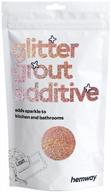
Hemway Rose Gold Holographic Glitter Grout Tile Additive 100G Tiles Bathroom

8 Review
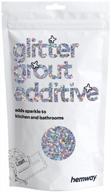
Silver Holographic Stars Glitter Grout Tile Additive 100G - Easy To Use For Tiles, Bathroom, Wet Room & Kitchen

14 Review
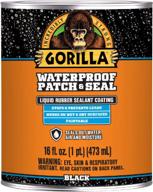
Gorilla Waterproof Patch & Seal Liquid - Black 16Oz - Ultimate Solution For Quick Fixes (Pack Of 1)

39 Review
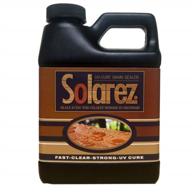
Eco-Friendly Solarez UV Cure Grain Filler & Sealer - Perfect For Fine Furniture, Guitars, Pool Cues And DIY Woodworking!

10 Review
Another interesting products
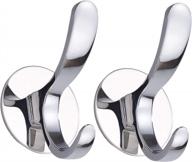
Stainless Steel Self Adhesive Towel Hooks - Wall Mounted Door Clothes Hook For Bathroom Kitchen, No Screws Damage Free

29 Review
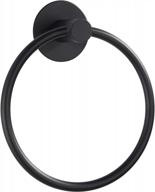
GERUIKE Adhesive Towel Ring: Self-Adhesive Stainless Steel Rustproof Wall Mounted Bathroom Towel Holder

33 Review
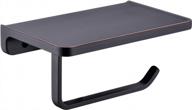
Toilet Paper Holder With Phone Shelf ORB Bathroom Wall Mounted Tissue Roll Dispenser Storage, Oil Rubbed Bronze

18 Review

🛀 VELIMAX Premium Stainless Steel Towel Bar - Elegant Brushed Towel Rack for Bathroom

21 Review

